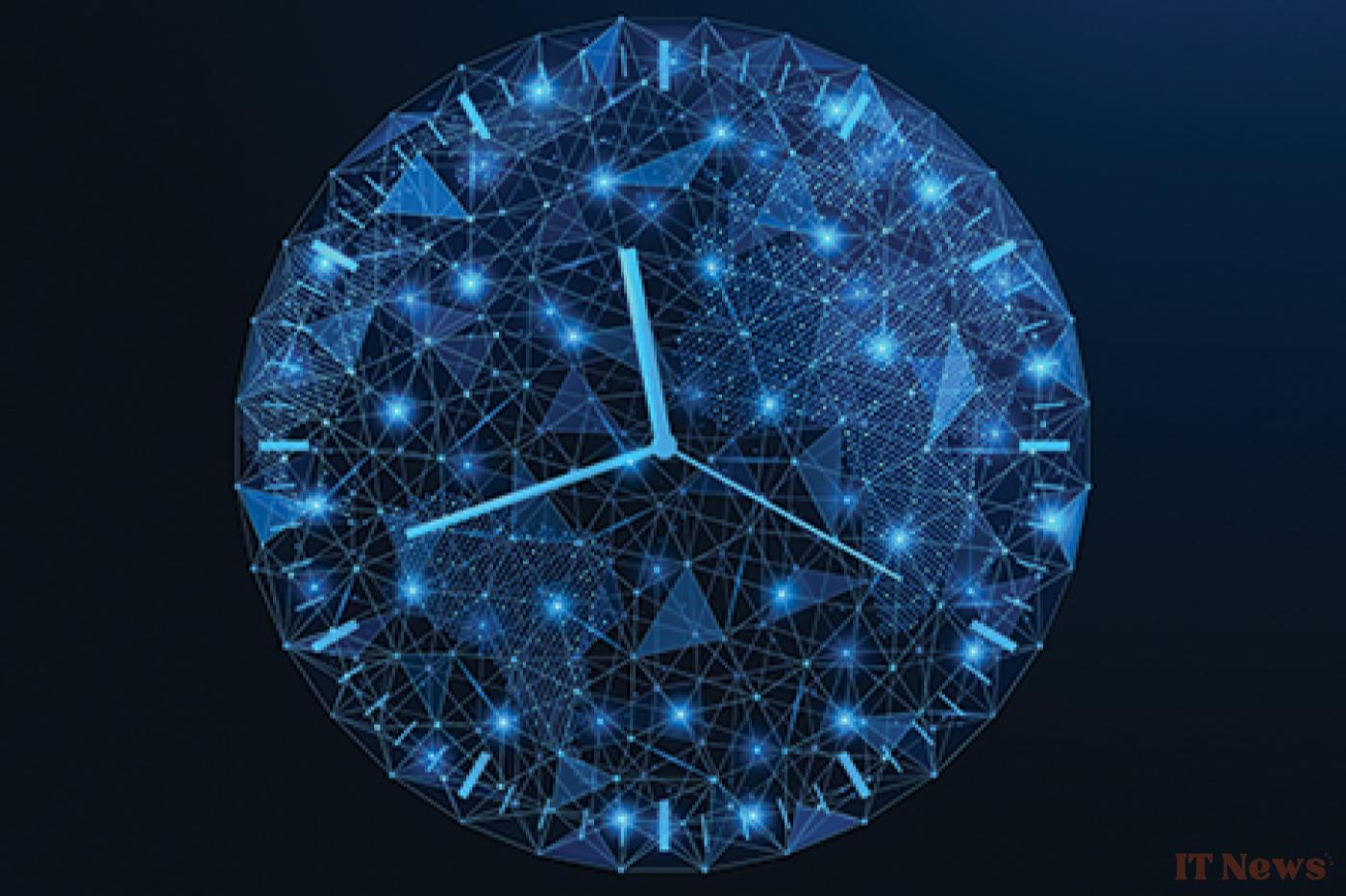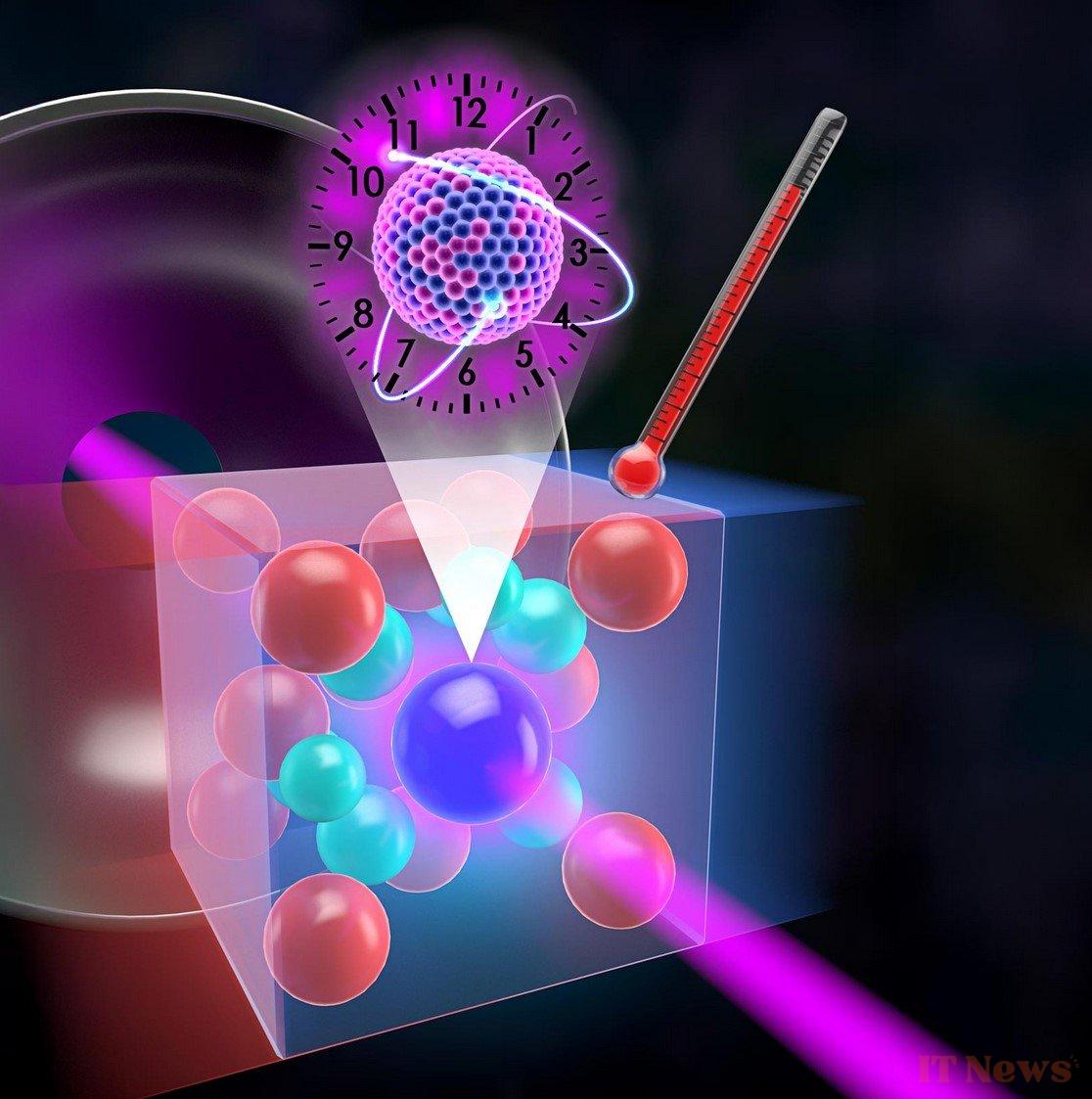Is the era of atomic clocks coming to an end? The question is now worth asking after the publication of a series of remarkable new studies on nuclear clocks, which could revolutionize communications as well as fundamental physics.
Today, humanity's ability to measure time with phenomenal precision relies largely on atomic clocks. These incredibly powerful timekeeping instruments are capable of remaining perfectly accurate for millions—even billions—of years. They have radically changed the face of our civilization, supporting the entirety of modern communication and navigation systems, as well as paving the way for countless major discoveries in science.
A Stability Problem
But as formidable as they are, these devices are not perfect: they suffer from a stability problem. These are exceptionally delicate machines, because they rely on a phenomenon that is relatively sensitive to environmental hazards.
The nuclei of certain atoms are constantly rotating on their own axis, which gives them magnetic properties. At the same time, they are surrounded by electrons distributed in different orbits that correspond to different energy levels. They too have magnetic properties. The interactions between these two magnetic systems give rise to a rather unusual phenomenon: electrons can exist at different distinct energy levels, separated by a tiny but nonetheless measurable difference.
When the atom is bombarded with perfectly calibrated electromagnetic waves, it begins to alternate between these energy levels at a very high and, above all, incredibly precise rate. For example, cesium-133, which is used in many atomic clocks, vibrates exactly 9192631770 times per second when flooded with microwaves. It is this exceptional regularity that is used in atomic clocks to time events with breathtaking precision.
The problem is that this nanometric ballet can be disrupted by fluctuations in the magnetic or gravitational field, by changes in temperature, or even by electromagnetic interference. Physicists are therefore seeking to develop new measuring systems that are just as precise, but much more resilient.
The nuclear clock, a rapidly evolving concept
Today, the most promising avenue is embodied by nuclear clocks. This concept is based on the constituents of the nuclei of atoms rather than on the electrons that surround them. In the same way that electrons, protons, and neutrons can exist at different energy levels, and the transition between these different states can absorb or emit electromagnetic radiation at given frequencies. Using a perfectly calibrated laser, we can therefore generate rapid and very precise oscillations from one state to another to measure the passage of time, just as atomic clocks do with electrons.
Functionally speaking, the principle is quite similar. On the other hand, the constituents of the nucleus of atoms are much less sensitive to environmental factors than electrons. On paper, they could therefore make it possible to build much more stable clocks.
Unfortunately, at present, this idea remains primarily theoretical. Even though experimental prototypes have begun to emerge in recent years, nuclear clocks are still far from being mature enough to replace their atomic counterparts... but that could well change in the near future.
A promising proof of concept
This is, in any case, the conclusion that emerges when we consider the latest work of the Joint Institute for Laboratory Astrophysics, or JILA, a prestigious American research laboratory. In the space of a few months, its residents have made several major advances in the field of nuclear clocks.
Last year, Jun Ye's team produced a remarkable study conducted jointly with the Technical University of Vienna. This group proved for the first time that the nuclear transitions of thorium-229, embedded in a calcium fluoride crystal, could indeed allow time to be measured with great precision.
A very exciting proof of concept, certainly—but it was still necessary to determine whether this system was capable of achieving the desired level of stability. And that's what the authors have begun to do in a new study.
This same joint team analyzed how this thorium-doped crystal reacts to extreme temperature variations. Unsurprisingly, the researchers observed that these changes directly affected the structure of the crystal, and by extension, the nature of the energy transitions of neutrons and protons.
But in doing so, they also identified a very specific type of transition that proved virtually invulnerable to these temperature variations, remaining surprisingly stable from -123°C to 20°C. A very promising discovery, and for good reason: it suggests that by further refining the system, it will indeed be possible to use it to build the first operational nuclear clock with high stability.
"This transition is taking place in a very promising way for time measurement applications," summarizes Chuankun Zhang, a researcher at JILA. "If we can stabilize it further, it could revolutionize precision timekeeping."
Much more than a super-chronometer
But this discovery also has another, even more interesting implication. According to SciTechDaily, while this crystal is very invulnerable to environmental variations, it remains extremely sensitive to variations in fundamental forces… starting with gravitation, which we know is closely linked to time thanks to Einstein's work on relativity.
In practice, this means that such a nuclear clock would be much more than a "simple" high-performance chronometer. Any unexpected variations in its frequency could point directly to unknown physical phenomena, potentially very useful for reconciling relativity with particle physics in the famous "Theory of Everything" - the ultimate goal of Einstein and many modern physicists. Einstein's general relativity passes its biggest test yet. "The sensitivity of the nuclear transition could allow us to explore new physics," explains Jacob Higgins, lead author of the study. "Beyond simply designing a better clock, this could open the door to entirely new ways of studying the universe." Of course, there is still a lot of work to be done to get there. But it will still be worth following the team's future work, as it could well lead us straight to a new generation of instruments capable of launching a small revolution in fundamental physics. Quite a program!
The text of the study is available here.




0 Comments